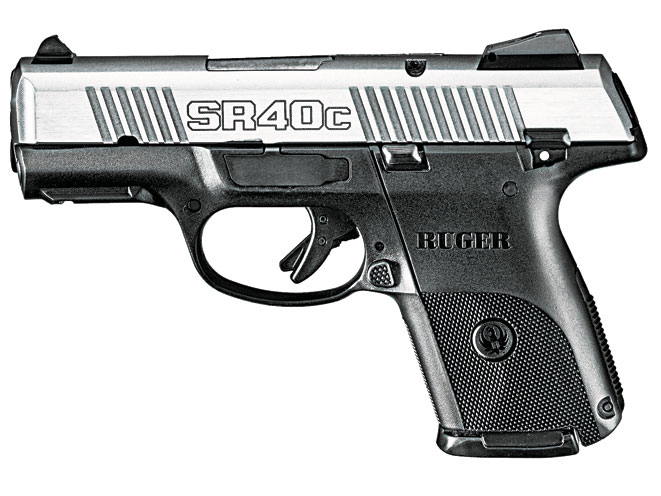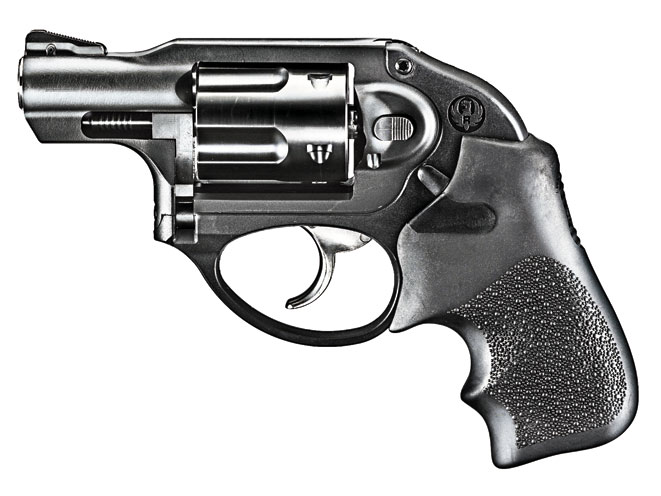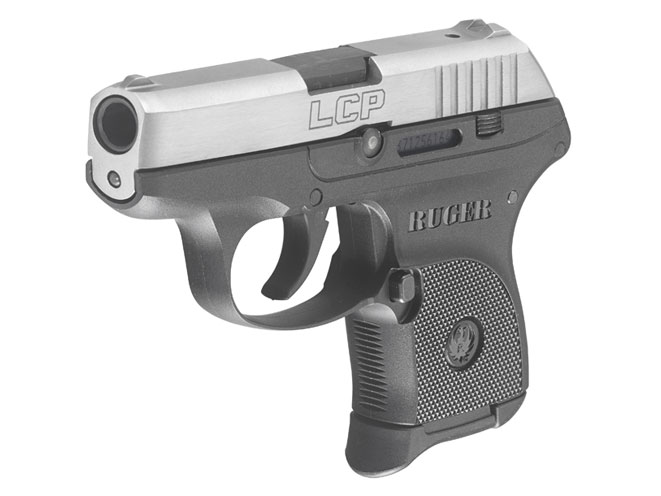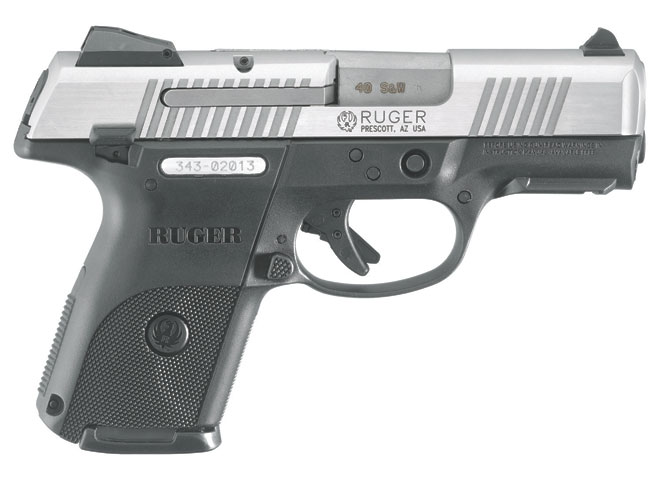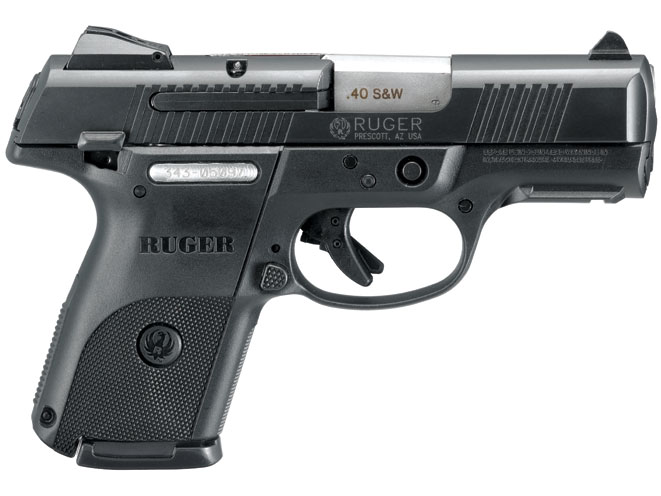If you have been paying the slightest bit of attention to the U.S. handgun market over the past several years, you are aware that the hottest selling items are compact and subcompact handguns. The reasons for this are twofold. First, as more and more states liberalize their concealed carry laws, demand for such handguns has skyrocketed. And second, increasing numbers of law enforcement agencies now allow, or require, officers to carry a backup and/or off-duty handguns, and small, lightweight handguns are perfect for this task.
To address this growing market, several years ago Sturm, Ruger & Company introduced the LC9. Not being the type of company that rests upon its laurels, Ruger recently unveiled the new LC9s. As can be ascertained from its name, the LC9s is chambered for the 9mm cartridge. Less obvious is the fact it is a striker-fired pistol (indicated by the “s” in its name).
Lightweight Compact 9s
Advertisement — Continue Reading Below

The LC9s is small—only 6 inches long and 0.90 inches wide. It is built on a glass-filled-nylon frame, which helps pare its unloaded weight to 17.2 ounces. Inside the frame is a hardened alloy insert that provides additional strength and includes rails that the slide reciprocates on. The slide itself is machined from hardened steel with a blued finish, and it is fitted with a set of easy-to-see three-dot steel sights. The rear sight is drift adjustable.
RELATED: Gun Review – Ruger Single Nine & Single-Ten
Unlike the hammer-fired LC9, and as has become common on most polymer-frame handguns today, the LC9s is a striker-fired design. This provides simplicity of operation, an important feature on any firearm intended for personal protection. Retracting the slide cocks the striker by means of a tail (Ruger calls it a “rudder”) on the end of striker, engaging the sear. This holds the striker in a fully cocked position which results with a light, short, crisp trigger pull as the user is not cocking the striker during the trigger stroke.
Advertisement — Continue Reading Below
A lever on the face of the trigger must be depressed before the trigger can be pulled to disengage the passive striker safety, release the sear and fire the pistol. A thumb safety on the left side of the frame locks the sear when applied. A magazine disconnect safety is included, and a small cutout at the rear of the chamber area allows for visual verification of a round in the chamber.
It should be noted that the LC9s uses all existing LC9 accessories including lasers, holsters and extended nine-round magazines.
LCP Protector
Advertisement — Continue Reading Below

Besides the LC9s, Ruger offers a wide selection of lightweight, compact pistols and revolvers designed for concealed carry and home defense. The smallest is the .380 LCP, which predates the LC9 family by two years. It is more compact than the LC9 at 5.16 inches long, 0.82 inches wide and tipping the scale at 9.4 ounces.
RELATED: Behind the Scenes at Ruger’s Newport Factory
Being that the LCP was intended for deep-cover carry, the exterior has been “de-horned” to remove any sharp edges. It is also fitted with low mount, integral sights to lessen the chances of the pistol hanging up when being drawn.
Advertisement — Continue Reading Below
Unlike the LC9s, it does not have a manual safety or slide stop, but with a pistol of this type such features could seem superfluous. The magazine holds six rounds, so with one in the chamber you have two rounds more than the typical snubbie revolver.
SRc Security

For those who prefer a, shall we say, more “substantial” pistol for concealed carry—and one that can pull double duty as a service or home defense handgun—Ruger’s catalog also includes the SR9c and SR40c.
Advertisement — Continue Reading Below
RELATED: Gun Review – Ruger’s Bug-Out 22/45
The compact versions of the SR9 and SR40 pistols both have machined steel slides with grasping grooves front and rear. The sights are mounted in dovetail cuts and the rear sight is adjustable for elevation. The slide reciprocates on a steel camblock in the frame (which also acts to cam the barrel down during movement) and steel inserts at the rear of the frame.
Made of glass-filled nylon, the frame has a grip angle just like a 1911 pistol. Removing a single pin allows the shooter to reverse the backstrap, giving a choice of flat or arched styles. Both pistols feature frame rails for mounting tactical lights or lasers, while their magazines hold a comforting 17 (9mm) or 15 (.40) rounds of ammunition.
Advertisement — Continue Reading Below
Safety features include ambidextrous thumb safeties and a loaded-chamber indicator. It is worth noting that when cocked, the tail of the striker is visible at the rear of the slide.
LCR Response

For the wheelgun shooters out there, Ruger has its LCR line of snubbie revolvers in .22 LR, .22 WMR, .38 Special and .357 Magnum. The LCR is composed of three modular subcomponents: an aluminum alloy upper cylinder frame/barrel housing (except in the case of the .357, in which it is stainless steel), a polymer lower frame “fire control housing” assembly, and a stainless steel cylinder/crane assembly.
Advertisement — Continue Reading Below
RELATED: Ruger Introduces New LCR in 9mm
To produce a smooth trigger pull, Ruger engineers utilized a patent-pending interface between the trigger and hammer that has
a small, friction-reducing cam on the toe of the trigger that positions the two parts so that they operate in tandem when the trigger is pulled rather than resisting each other, as has been the norm in all earlier double-action revolver trigger systems.
For those looking for just the right pocket gun for self-defense, Ruger has something that will fit the bill. From autopistols to revolvers, there is likely a Ruger out there for you.
Advertisement — Continue Reading Below
For more information, visit http://www.ruger.com.



